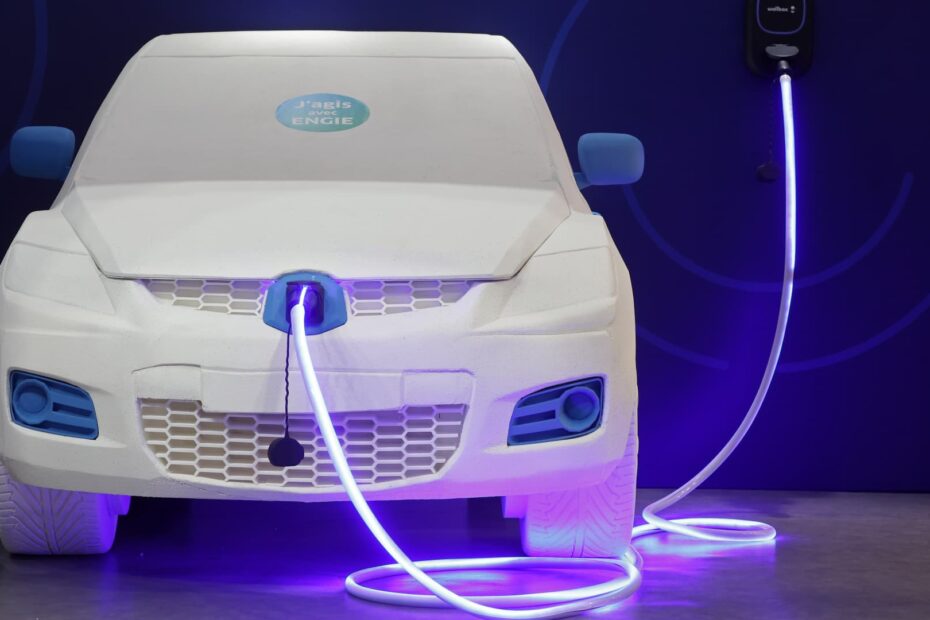Electric vehicles (EVs) are the future of transportation, but one major hurdle they face is the limitations of current battery technology. Traditional lithium-ion batteries, while effective, have their drawbacks such as limited energy density and relatively long charging times. Solid-state batteries have been touted as the next big breakthrough in battery technology, offering higher energy density, faster charging times, and improved safety. However, recent advancements in silicon anode technology have put them ahead in the race to power EVs.
Silicon anodes have long been considered a promising alternative to traditional graphite anodes in lithium-ion batteries. Silicon has a much higher theoretical capacity for storing lithium ions, meaning it can store more energy in a smaller space. This translates to longer driving ranges for EVs and faster charging times. However, silicon anodes have been plagued by issues such as rapid capacity degradation and poor cycling stability, making them less practical for commercial use.
Recent research and development efforts have made significant strides in overcoming these challenges. By incorporating nanotechnology and advanced materials engineering, scientists have been able to improve the stability and performance of silicon anodes. One key advancement is the development of silicon-carbon composite anodes, which combine the high capacity of silicon with the stability of carbon. This hybrid material has shown promising results in lab tests, demonstrating high capacity retention and cycling stability over thousands of charge-discharge cycles.
Another breakthrough is the use of protective coatings and additives to enhance the durability of silicon anodes. These coatings act as a barrier to prevent the degradation of the silicon material, while additives can help to maintain the structure of the anode during repeated charging and discharging. These advancements have brought silicon anodes closer to commercial viability, with several companies already incorporating them into their battery designs.
While solid-state batteries offer their own set of advantages, such as improved safety and higher energy density, they are still in the early stages of development and face their own set of challenges. The complexity of manufacturing solid-state batteries and the high cost of production have hindered their widespread adoption in the EV market. Silicon anodes, on the other hand, offer a more straightforward and cost-effective solution to increasing the energy density and performance of lithium-ion batteries.
In conclusion, silicon anodes are emerging as a frontrunner in the race to power EVs. With ongoing research and development efforts, silicon anodes are quickly closing the gap with solid-state batteries in terms of performance and reliability. As the demand for longer-range and faster-charging EVs continues to grow, silicon anodes are poised to play a key role in shaping the future of electric transportation.
